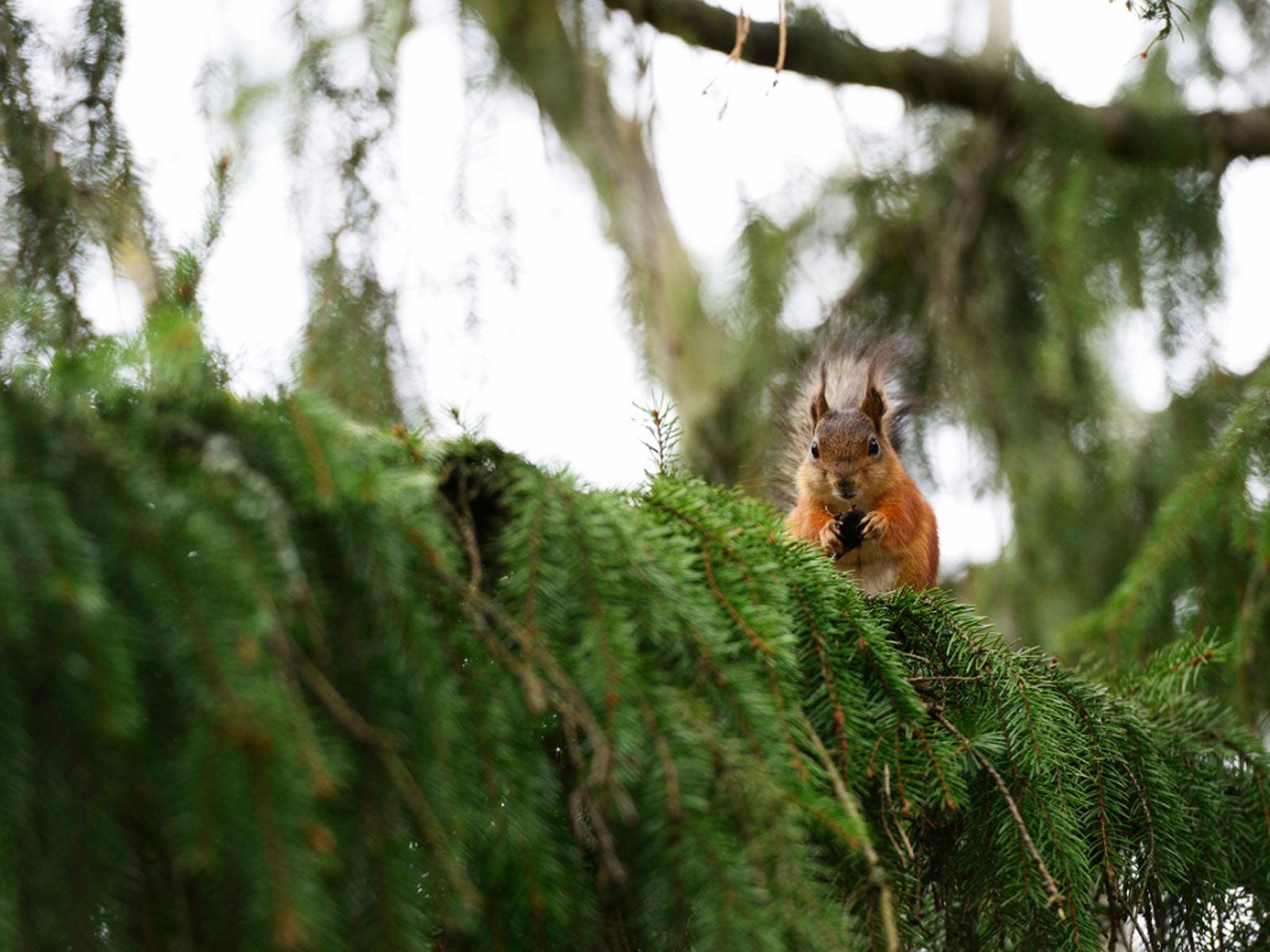Wildlife Habitat Trees: Growing Trees For Wildlife


A love of wildlife takes Americans into national parks and wild areas on weekends or vacations. Most gardeners welcome wildlife into their backyards and try to encourage birds and small animals to visit. You can landscape your yard to attract wildlife by planting trees and shrubs that provide food and shelter.
Wildlife friendly trees can go a long way in bringing birds, butterflies, and small animals, like squirrels, into your garden. Which are the best wildlife habitat trees? Read on for a list of our favorite trees for animals.
Providing the Best Wildlife Trees
As natural land has been developed for housing or industry, wildlife habitat has diminished over the years, reducing the plants available to beneficial insects, like bees and wild birds. As a gardener and/or homeowner, you can help restore this habitat and make your yard more attractive at the same time by planting trees for wildlife.
How? Planting wildlife habitat trees and shrubs is an extremely important step to welcoming wildlife. Carefully selected trees for animals can both offer protection and shelter, while fruits, nuts, and seeds provide nutrition. So, what are the best wildlife trees?
There are many trees and shrubs that are extremely attractive additions to a backyard and also provide food, cover, and nesting sites for wildlife. The plants you select for your backyard will determine the wildlife species attracted to your yard. Plant trees first, selecting evergreen trees for year-round protection and shelter.
The first plants to consider are those native to your area. Native animals and insects have relied on native trees and shrubs for centuries and are sure to attract them. Native species are easy to grow as well since they are accustomed to the local soil and climate. You can fill in the habitat with bird houses, nesting boxes, bird feeders, and watering sites.
Wildlife Friendly Trees
When you are considering trees for animals, here are a few of our favorites. Check and see if these grow in your area and hardiness zones before making a final decision. You’ll also want to compare the mature size of the trees to the available space.
Sign up for the Gardening Know How newsletter today and receive a free copy of our e-book "How to Grow Delicious Tomatoes".
We like beech trees (Fagus spp.) for their silvery foliage, holly trees (Ilex spp.) for attractive evergreen leaves and seasonal red berries beloved by the birds.
Oak trees (Quercus spp.) provide excellent habitat as well as acorns, consumed by squirrels and other small animals, while crabapple trees (Malus spp.) are smaller and provide fruit that wildlife enjoy.
Canadian hemlock (Tsuga canadensis) and balsam fir (Abies balsamea) are both conifers, great for privacy hedges as well as wildlife habitat.
Other wildlife friendly trees include black cherry (Prunus serotina), flowering dogwood (Cornus florida), and red mulberry (Morus rubra).
Willows (Salix spp.) flower early and offer nectar to pollinators like native bees. Larger wildlife, like beavers and elk, browse on the willow leaves in summer and willow twigs in winter.

Teo Spengler is a master gardener and a docent at the San Francisco Botanical Garden, where she hosts public tours. She has studied horticulture and written about nature, trees, plants, and gardening for more than two decades, following a career as an attorney and legal writer. Her extended family includes some 30 houseplants and hundreds of outdoor plants, including 250 trees, which are her main passion. Spengler currently splits her life between San Francisco and the French Basque Country, though she was raised in Alaska, giving her experience of gardening in a range of climates.